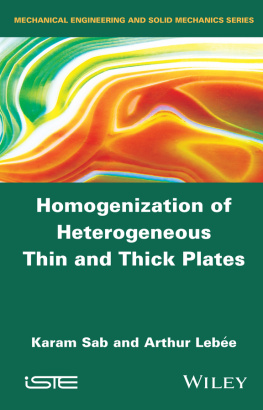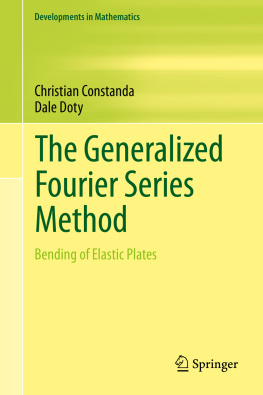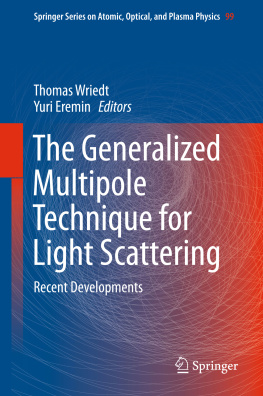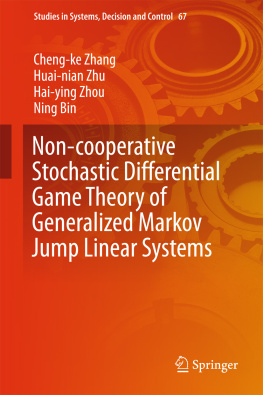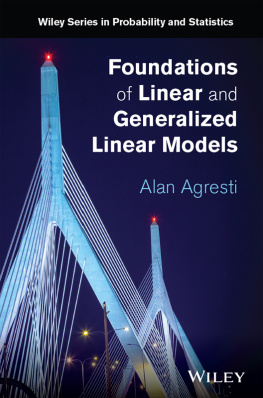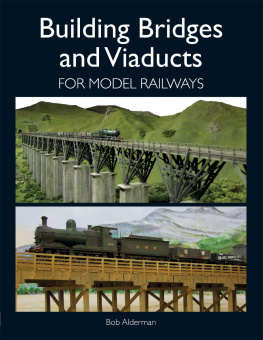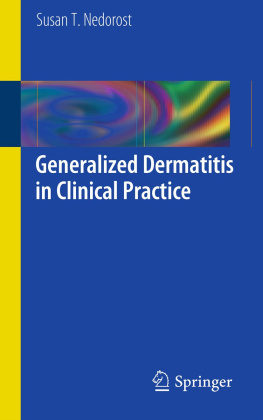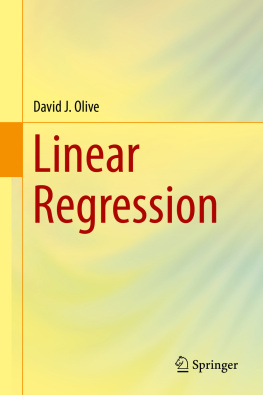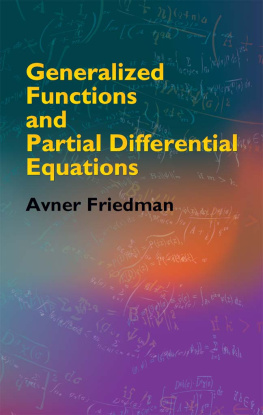
Table of Contents
List of Illustrations
- 1: Linear Elasticity
- 2: A Static Approach for Deriving the KirchhoffLove Model for Thin Homogeneous Plates
- 3: The KirchhoffLove Model for Thin Laminated Plates
- 4: Thick Homogeneous Plate Subjected to Out-of-Plane Loading
- 5: Thick Symmetric Laminated Plate Subjected to Out-of-Plane Loading
- 6: The Bending-Gradient Theory
- 7: Application to Laminates
- 8: Thin Periodic Plates
- 9: Thick Periodic Plates
- 10: Application to Cellular Sandwich Panels
- 11: Application to Space Frames
List of Tables
- 6: The Bending-Gradient Theory
- 7: Application to Laminates
- 10: Application to Cellular Sandwich Panels
Guide
Pages
To my father K.S.
First published 2015 in Great Britain and the United States by ISTE Ltd and John Wiley & Sons, Inc.
Apart from any fair dealing for the purposes of research or private study, or criticism or review, as permitted under the Copyright, Designs and Patents Act 1988, this publication may only be reproduced, stored or transmitted, in any form or by any means, with the prior permission in writing of the publishers, or in the case of reprographic reproduction in accordance with the terms and licenses issued by the CLA. Enquiries concerning reproduction outside these terms should be sent to the publishers at the undermentioned address:
ISTE Ltd
27-37 St Georges Road
London SW19 4EU
UK
www.iste.co.uk
John Wiley & Sons, Inc.
111 River Street
Hoboken, NJ 07030
USA
www.wiley.com
ISTE Ltd 2015
The rights of Karam Sab and Arthur Lebe to be identified as the authors of this work have been asserted by them in accordance with the Copyright, Designs and Patents Act 1988.
Library of Congress Control Number: 2015948070
British Library Cataloguing-in-Publication Data
A CIP record for this book is available from the British Library
ISBN 978-1-84821- 652-5
Introduction
I.1. Motivation
Plate modeling is an old subject in mechanics, the main objective being to reduce the complexity of a three-dimensional (3D) model into a two-dimensional (2D) model without losing too much information about the 3D description of the fields. Depending on the plate slenderness and microstructure, numerous approaches were suggested. Whereas for a homogeneous plate, there are well established models, when the plate becomes a laminate made of highly anisotropic layers, the number of contributions is extremely large showing that some theoretical difficulties lie behind. When considering the very few contributions for modeling thick periodic plates, it appears clearly that there is a need for a well established method for deriving a plate model.
The motivation of this book is two-fold. First, in view of the broad and eclectic literature regarding thick plate models, it seems an interesting challenge to suggest an approach which enables the derivation of a thick plate model which is efficient for homogeneous plates, laminated plates and also periodic plates. Second, it puts a new perspective on the original work of Reissner [REI 45] which used the minimum of complementary energy for deriving a thick plate model in the isotropic and homogeneous case. From this approach, the thin plate model (KirchhoffLove) may be retrieved without inconsistencies often encountered in axiomatic derivations. Whereas the original derivation from [REI 45] was for homogeneous plates, it is possible to extend it soundly to the case of monoclinic laminated plates, the price being the introduction of a generalized shear force which has 6 static degrees of freedom (d.o.f.) instead of the 2 d.o.f. conventional shear force. This theory is called the Bending-Gradient. It is also extended to periodic plates which are a challenge. Finally, this book is also an opportunity to show relevant applications of the Bending-Gradient theory.
Since the main objective of this book is to derive a new plate theory, it should be understood that a minimum knowledge of continuum mechanics and classical plate models is necessary. Hence, the expected audience begins at Masters students. Nevertheless, for self-consistency, linear elasticity and most basic plate model are covered. Additionally, all mathematical developments are formal, in the sense that underlying Sobolev spaces and topology are not specified and no convergence results are sought. However, the derivation is performed with as much care as possible so that rigorous proofs may be accessible.
I.2. A brief history of plate models
The number of contributions regarding plate models is so large that it is an impossible task to provide an exhaustive review. We attempt here to perform a general history of plate models which also corresponds to the organization of this book, starting with the simplest models (the homogeneous and isotropic plate) to the more elaborated models (periodic plates).
The approaches for deriving a plate model may be separated in two main categories: axiomatic and asymptotic approaches. Axiomatic approaches start with ad hoc assumptions on the 3D field representation of the plate, separating the out-of-plane coordinate from the in-plane coordinates. Most of the time, it is the 3D displacement distribution which is postulated and the minimum of potential energy is invoked for deriving a plate model. The limitation of these approaches comes from the educated guess for the 3D field distribution which is often specific to the plate microstructure. Asymptotic approaches often come after axiomatic approaches. They are based on the introduction of a scaling parameter which is assumed to go to 0 in the equations of the 3D problem. In the case of plate models, it is the thickness t divided by the span L (the inverse of the slenderness) which is assumed to be extremely small. Following a rather well established procedure (asymptotic expansions, -convergence), they enable the derivation of plate models (often justifying a posteriori axiomatic approaches) and are the basis of a convergence result. Their only limitation is that the plate does not often exactly follow the asymptotic assumption: it may not be so slender or have high contrast ratios in its constitutive materials. Hence, having the fastest convergence rate may not lead to an accurate model in practical situations.
I.2.1.Thin plate theories for homogeneous and laminated plates
The very first attempt to derive a plate model in bending came from Sophie Germain. In 1809, the Paris Academy of Sciences sponsored a contest related to an experiment of Ernst Chladni. The latter excited metal plates and observed mode-shapes. The objective of the contest was to suggest a model supporting this observation. Sophie Germain managed to obtain, for the first time, the equation of motion of a thin and homogeneous plate (though the derivation itself was incorrect). Later, Kirchhoff suggested making the assumption that the transverse displacement of the plate was uniform through the thickness and that the normal line to the midsurface of the plate remained normal through the transformation [KIR 50]. These assumptions enabled Love [LOV 88] to correctly establish a thin plate theory for homogeneous and isotropic plates which is often referred to as KirchhoffLove plate theory. However, the axiomatic derivation of this theory suffers from a contradiction. Assuming the transverse displacement is uniform through the thickness means that the out-of-plane strain is zero and leads to a plane-
Next page
